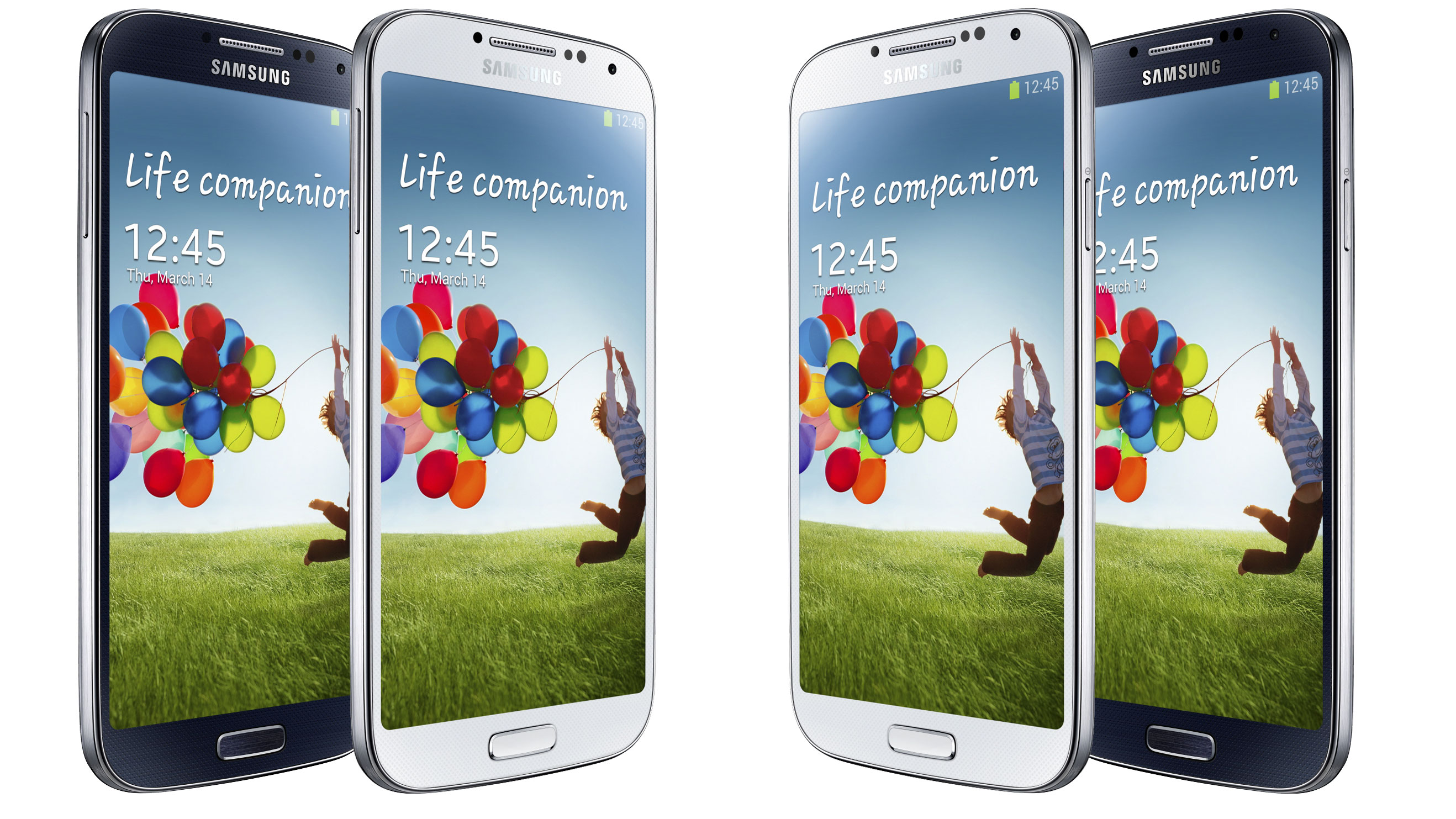Why you can trust TechRadar
Update: The Android Lollipop software is about to land for the Galaxy S4, so we'll be updating this section to let you know how / if it improves the TouchWiz overlay - according to our findings on the Galaxy S5, it certainly makes things look a lot slicker.
The interface on the Samsung Galaxy S4 didn't arrive as an officially new release of TouchWiz, the Korean brand's name for its Android overlay, but it did bring a whole host of new features to the Galaxy range.
It's since been updated to Android 4.4, which means there are several upgrades from the previous version, though it's fundamentally similar to the version of Android 4.2 the phone shipped with. We're expecting Android 5.0 to change that quite dramatically.
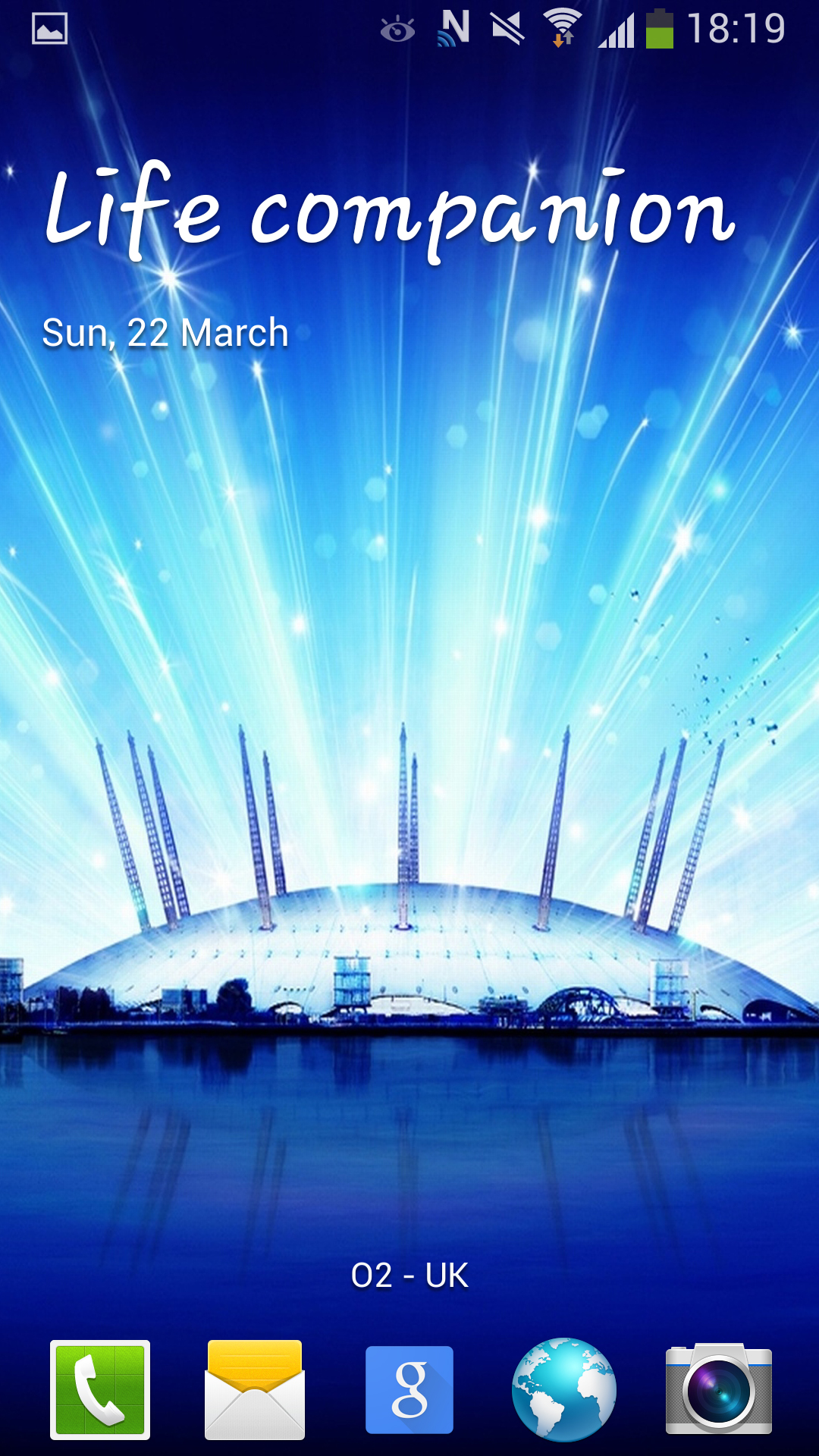
In the drag down notification bar, you're still greeted with two icons in the top right-hand corner; one takes you to the internal settings from anywhere in the phone, and the other gives you quick shortcuts to turn elements within the S4 off and on.
You can also get access to the full grid of options instantly by dragging down from the notifications bar using two fingers instead of one..
This is an idea Google pushed with the new iteration of Android, and works well. However, it's a little redundant here, as the phone already has these in a long line in the notification bar. You can also edit these quick toggles too, so it means that you'll rarely push the other button to get the full list.
Speaking of the full list, it now contains two toggles that weren't present in our initial review, and which actually appeared in the previous Android 4.3 update: smart pause and reading mode. Reading mode optimises the screen brightness and tone for reading in selected apps, while smart pause uses the front camera to read the orientation of your face when watching video, and will pause when it turns away. Both worked well when tested.
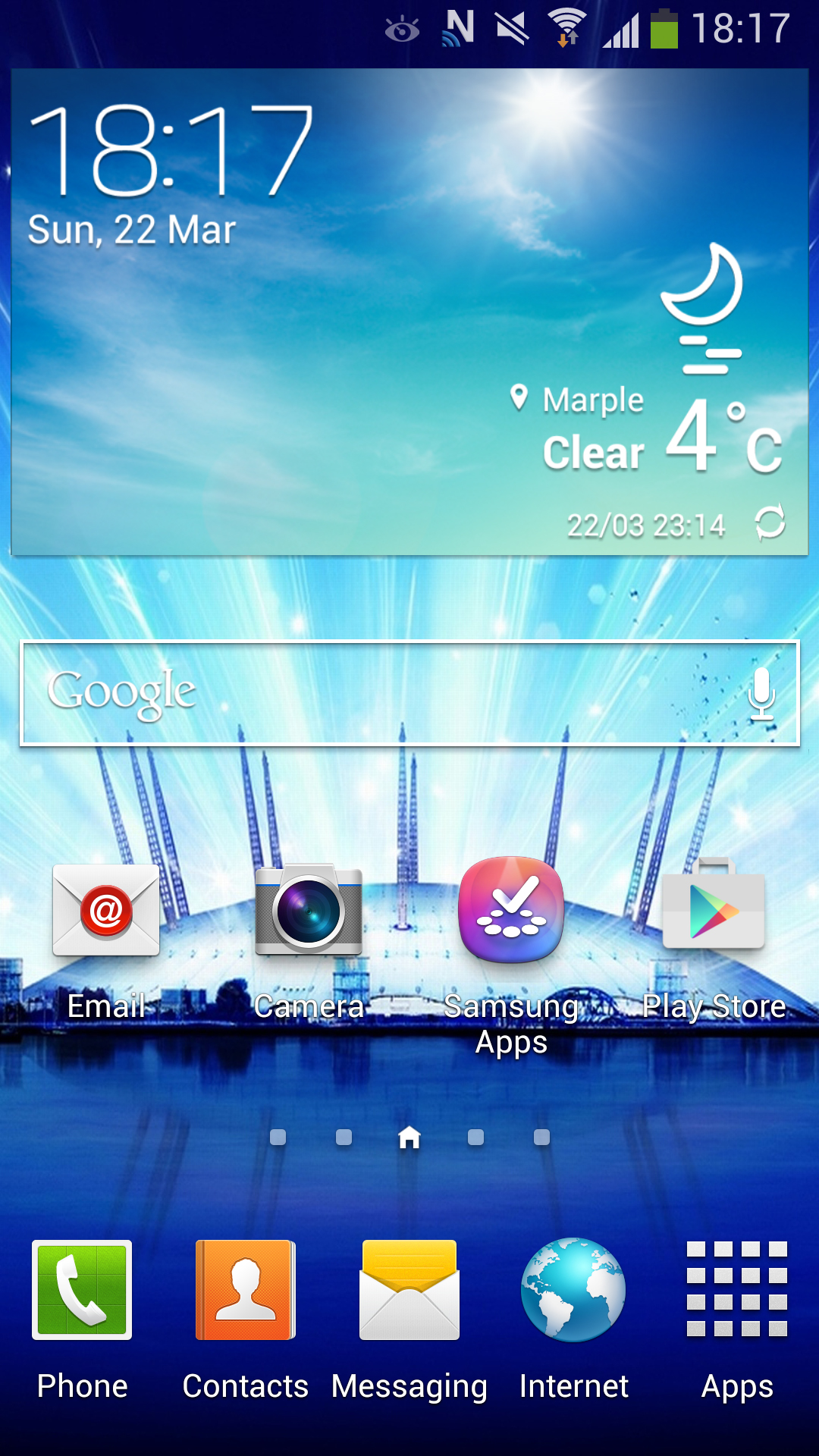
Android 4.4 includes smoothness upgrades too, and while this works on the likes of the Nexus 4, I'm not sure what it's really added with the Samsung Galaxy S4.
Considering that this phone is running the quad-core Qualcomm 600 chip, clocked at 1.9GHz and combined with 2GB of RAM, I would have expected this phone to run faster than anything I'd seen prior to its release.
While that is true for the most part, it's only a touch more than we've seen on the Galaxy S3. Apps will open and close faster, but elements like the time taken to open the multi-tasking menu (triggered by holding down the home key from anywhere in the phone) still take a beat to activate. This is even emphasised by a vibration to recognise your command, followed by a notable (if brief) pause before the menu pops up.
In case you're wondering, there were two versions of the Galaxy S4 launched: one with Samsung's own Exynos 5 octa-core, and this one (model number GT-1905) that has the Qualcomm Snapdragon quad core. This version is clocked at 1.9GHz, which means it runs faster in general - however, the octa core has two sets of four cores, with one for day to day stuff and the other for heavy lifting, such as photo processing and such.
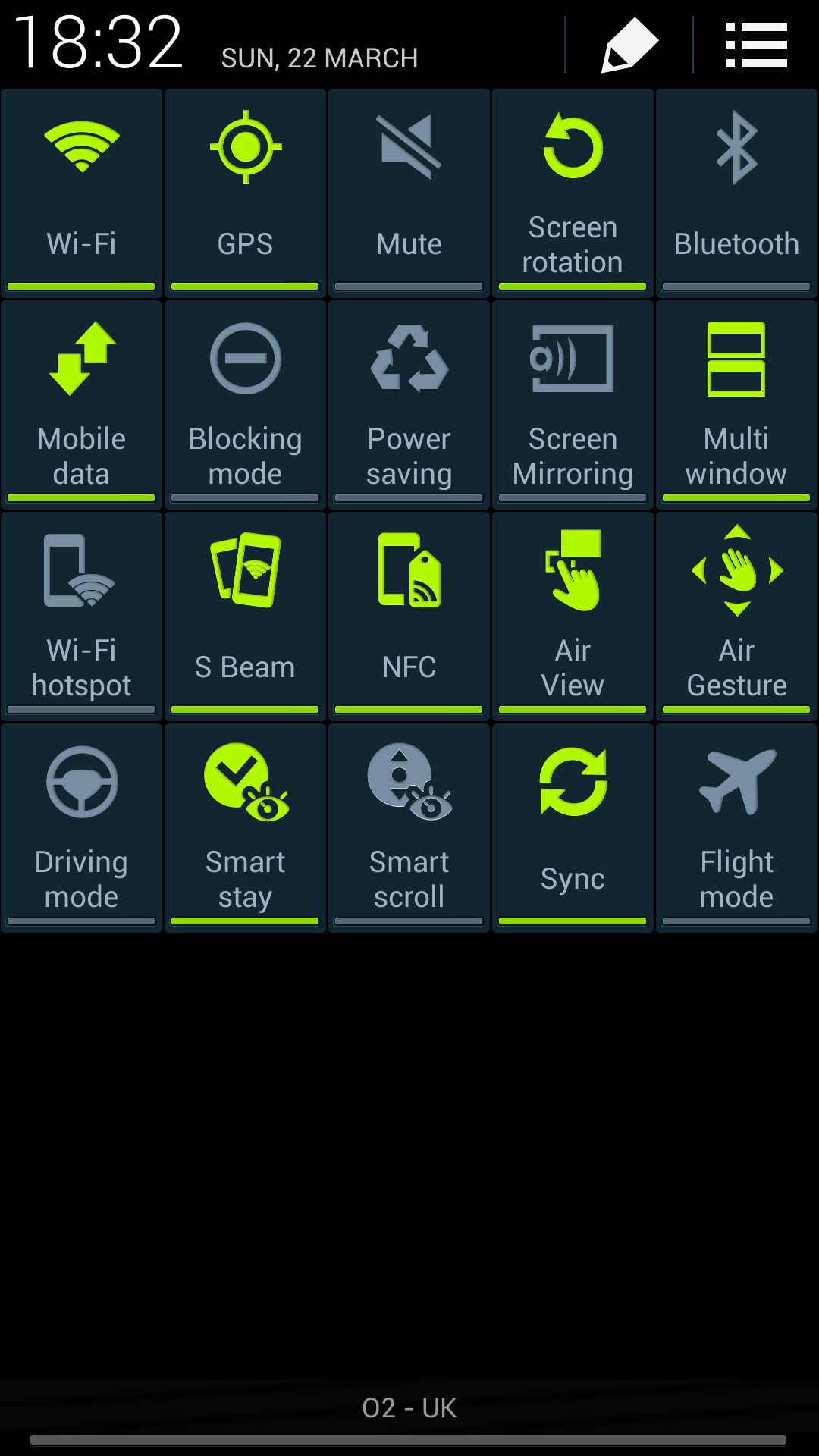
While I'm a little upset we never got the option of this other version (it smashed the benchmarks in many tests at the time of release, legitimately or not) there are questions about whether the battery will hold up as well as the device flicks between the two quad core processors inside. Qualcomm's chips have proved themselves to be the more energy efficient in recent times.
The general Android / TouchWiz interface is still the same as ever: this means that you can throw as many widgets and apps all over the seven home screens that you like.
It's still a great way of doing things, and with Android KitKat you can flick items out of the way just by dragging them onto the screen and holding them in the place you want.
What is interesting is that Samsung still hasn't added the functionality to drag and drop app icons on top of one another to create a folder. I'm pretty sure Apple is trying to patent such an idea, but given rivals have managed to use this method (such as HTC with the One M8) I'd have expected Samsung to do the same.
It's not a big deal, but having to drag an app to the top of the screen, create a folder, name it, then drag other apps in is a bit of a hassle.
One area that was changed massively with the introduction of the S4 was the lock screen. Firstly, there's a new way to mess around with this UI: where once you could only touch the screen and watch the water ripple around, now you can choose to have your finger trigger a little light that hovers under your finger.
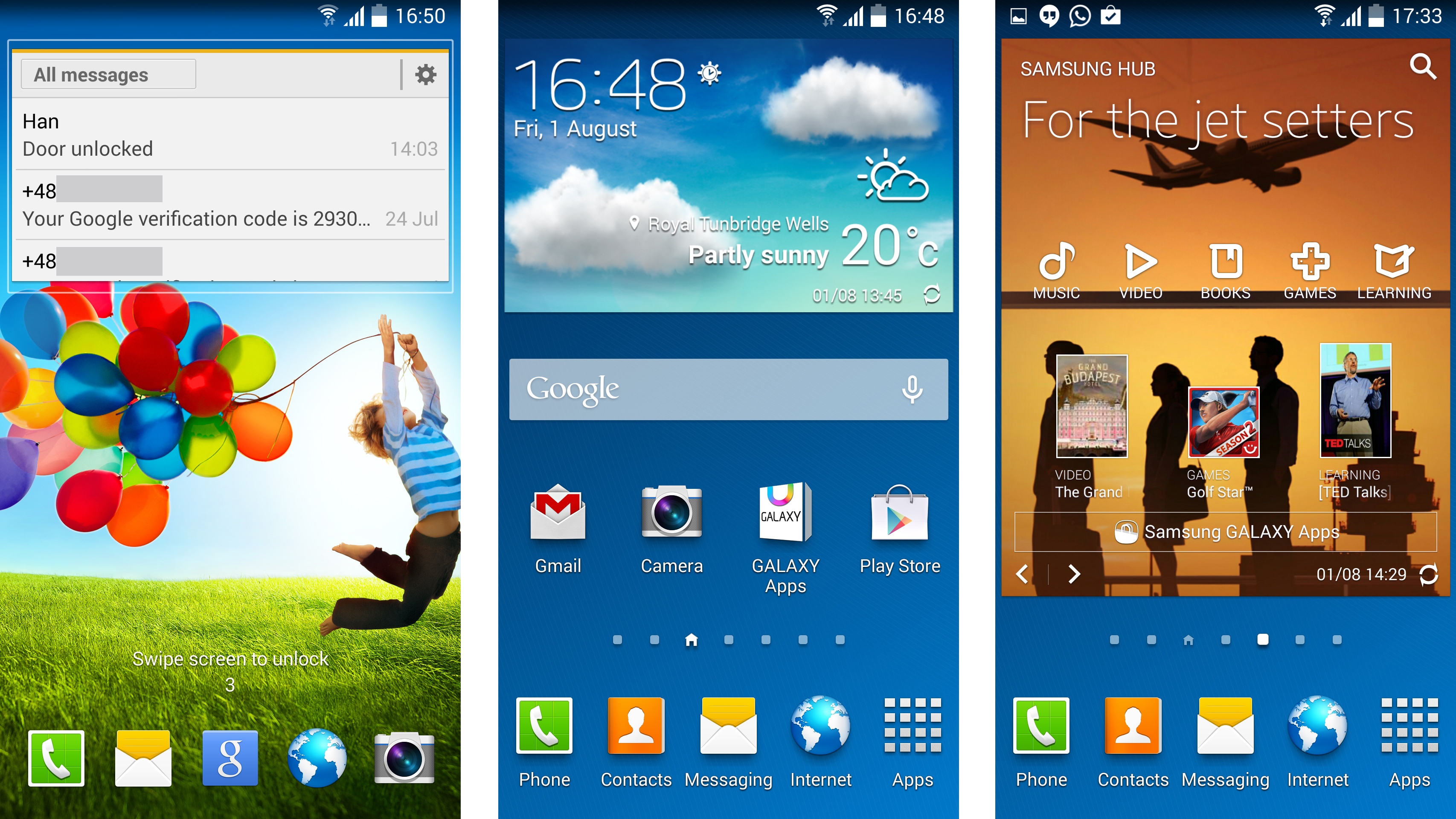
Combined with the Samsung Galaxy S4's improved screen technology that's been super-boosted, in terms of sensitivity, to enable you to use gloves with it, you can now hold your finger a centimeter or so above the display and watch the light flicker along under your digit. It's not a big thing, but one that I found myself constantly playing with.
The lock screen also enables you to have widgets on there before you open the phone, enabling music control, remotes to display and messages to preview.
While there are some useful implementations of these (the music player is really handy to have, and can be resized by dragging the track list up and down) others, like favourite apps, really don't help as much. You can still thankfully have all the lockscreen shortcuts, which means you can interact in the same way as before.
To open the phone from a widget you just tap it. I initially wanted to criticise the phone for this, but after a few days it really becomes second nature.
There are a number of issues I found with the interface though: for instance, Page Buddy being removed, which is available on older Samsung devices. This function would display a new home screen when certain actions are initiated, such as connecting a pair of headphones or roaming in another country.
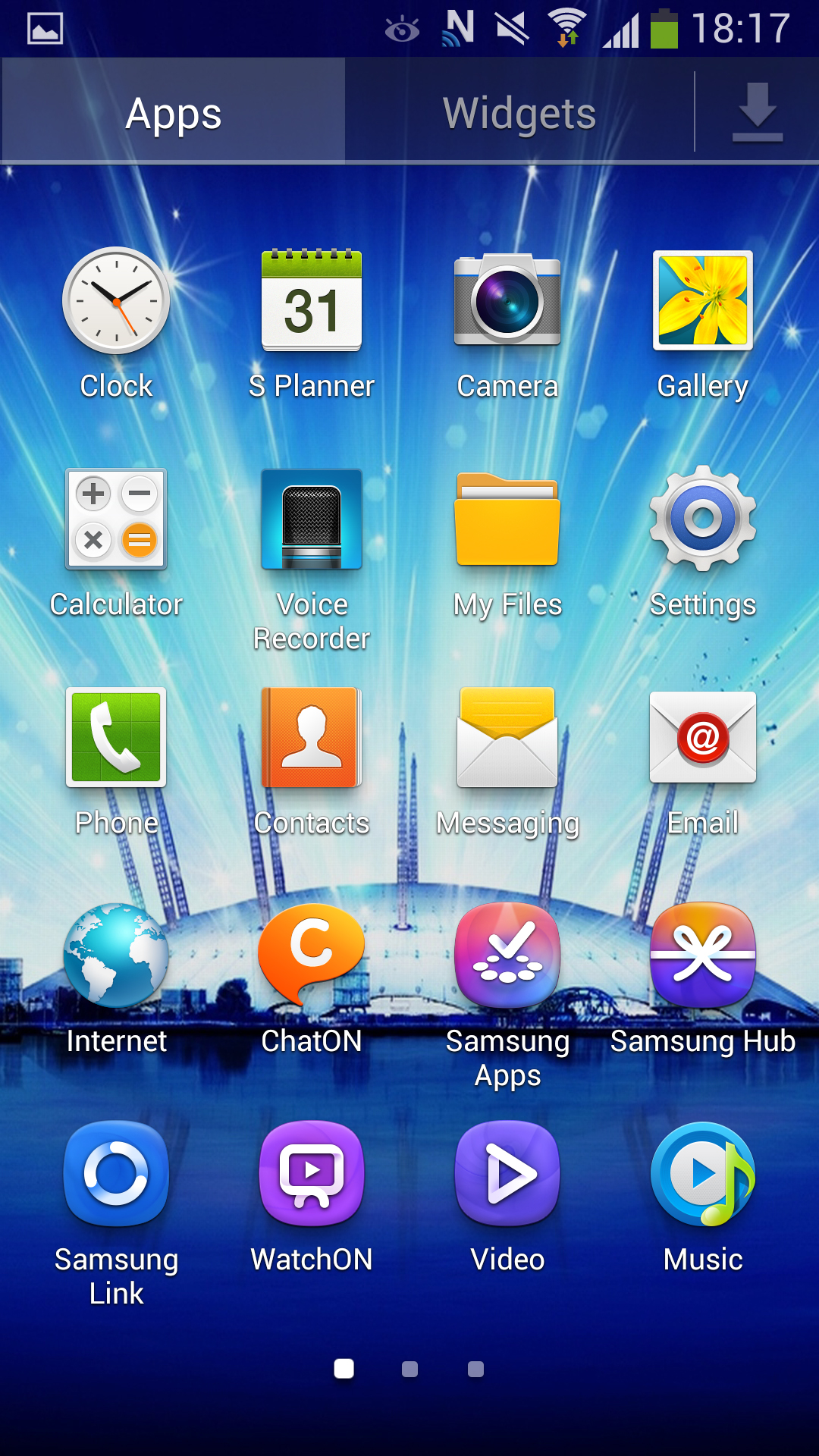
You can't get this on the Galaxy S4, and its omission is terrible, as it was one of my favourite features of the pre-updated S3. You can get recommended apps when you plug in headphones in the notification window, and in fairness Samsung appears to have improved the relevance of these recommendations since launch.
Rather than Facebook and Chrome, for example, I now get YouTube and Music Player.
I would say the blocky nature of the UI really isn't attractive. It basically adds a load of features into a previously simple experience, which may or may not please some people. Thankfully, all this is switched off by default - and you can even have your own message saying hello every time you open the phone.
It's clear that Samsung has toed the Google line in using Android 4.4 on the Galaxy S4, as this lock screen functionality is straight from the search giant's design board (with a few Samsung ideals placed on top).
It's also present in the menu system, which, rather than one long list of all your options, is divided into four screens: connections, my device, accounts, and more. It's a neat way of packaging things all up, but it can be hard to hit the categories on the top given the size of the screen.
The interface on the Samsung Galaxy S4, to the uninitiated, is great. It has loads of innovative ideas and works blazingly fast. I can see why some people find TouchWiz a little cartoony and convoluted at times, but in my eyes this is a great combination of power and simplicity in a smartphone.
In terms of performance, it's worth repeating that I was testing the quad-core version of the Samsung Galaxy S4 here - which means that when it comes to benchmarking it's not quite as strong a performer as the octa-core version.
In all of tests the Samsung Galaxy S4 is shown to be a very strong device when compared to its direct rivals. It's matched in many ways with the HTC One, for example, while it sails ahead of both the Nexus 4 and the original Sony Xperia Z.
Bringing our benchmark tests up to date with Android 4.4 installed, and utilising TechRadar's favoured Geekbench 3 test, the Galaxy S4 managed to score an average of 2213. That's double the score of the Snapdragon 400-equipped LG G2 Mini, and is just 600 behind the Snapdragon 800-equipped HTC One M8.
Not bad at all, even if the handsets of 2015 are now starting to leave some distance between themselves and the S4.
The Samsung Galaxy S4's follow up, the Galaxy S5, managed to score a respectable 2909 in the same tests, so if you're after a little more juice, you might want to go for the newer model. It's a safe bet that the recently unveiled Galaxy S6 will include a similar improvement in performance.
Gaming on the Samsung Galaxy S4 is handled by the Adreno 320 GPU, which can still work its magic when it comes to giving smooth, real to life gaming on the go.
I tried the phone on a number of games, from Super Hexagon to Need for Speed: Hot Pursuit and the 2D beauty that is Badland. As expected the Galaxy S4 handled them all with aplomb, with not even a hint of judder or slow down when in heavy use.

More impressive was the lack of battery juice-down when using the handset, as it managed to only consume a few percent of the power even when getting a little warmer in the hand.
It seems as if the floodgates have finally opened in the world of Android gaming, so the fact that you can experience the best of it without compromise on older technology like the Galaxy S4 is great news.

Gareth has been part of the consumer technology world in a career spanning three decades. He started life as a staff writer on the fledgling TechRadar, and has grew with the site (primarily as phones, tablets and wearables editor) until becoming Global Editor in Chief in 2018. Gareth has written over 4,000 articles for TechRadar, has contributed expert insight to a number of other publications, chaired panels on zeitgeist technologies, presented at the Gadget Show Live as well as representing the brand on TV and radio for multiple channels including Sky, BBC, ITV and Al-Jazeera. Passionate about fitness, he can bore anyone rigid about stress management, sleep tracking, heart rate variance as well as bemoaning something about the latest iPhone, Galaxy or OLED TV.
